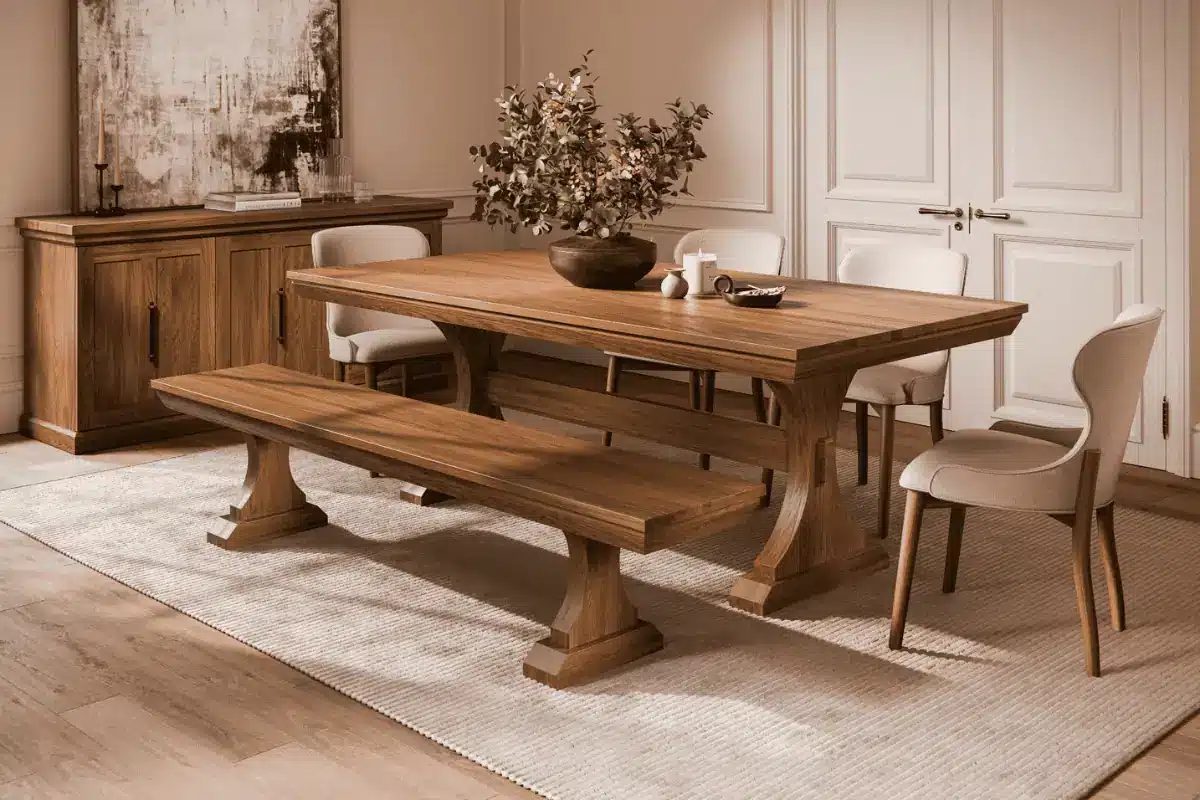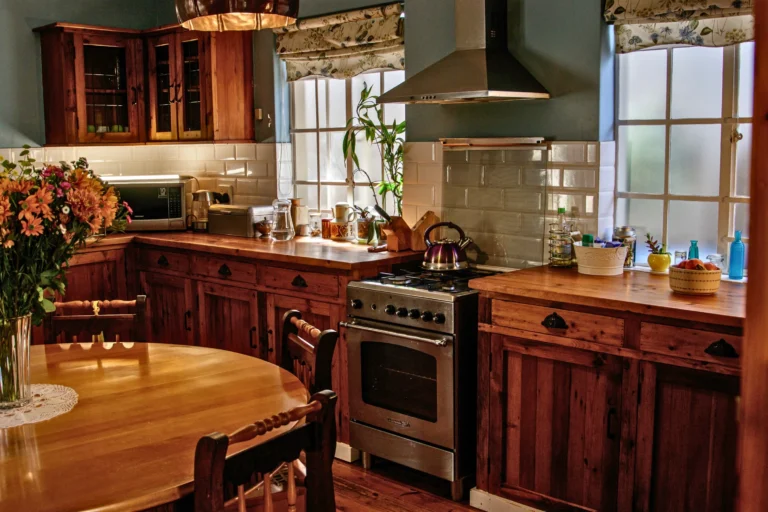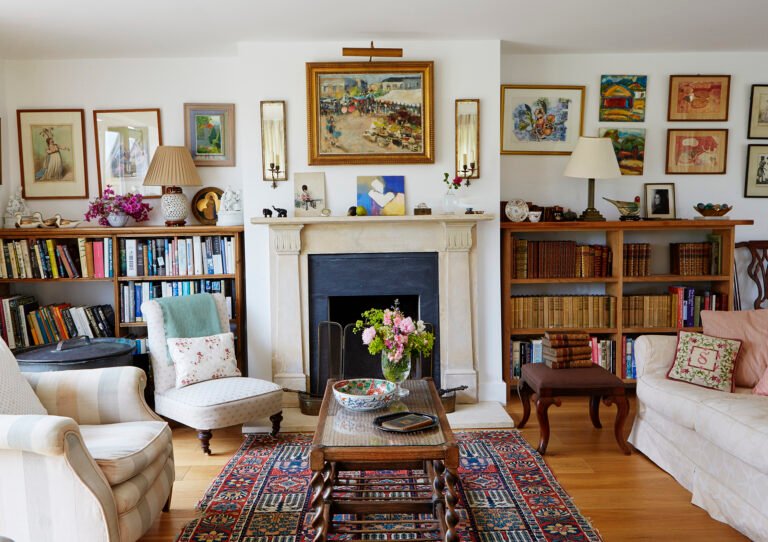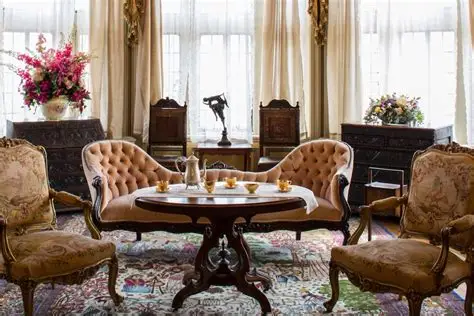
Heirloom furniture connects generations through design
In every carved leg and aged surface, heirloom furniture connects generations through design. These treasured pieces don’t just occupy space—they carry family stories, history, and enduring craftsmanship. Passed down from parent to child, heirlooms are more than objects; they are symbols of continuity, resilience, and shared identity. Their beauty lies not just in their aesthetic value, but in the emotional and historical bridges they create across time.

Passing Down More Than Wood and Nails
When a grandparent gives a dining table to the next generation, they offer far more than a functional item. That table may have hosted countless birthdays, holidays, and everyday meals—each memory etched into its grain. Heirloom furniture connects generations through design because its form carries the function of memory. Every nick, scratch, and patina speaks to a family’s lived experience, turning furniture into a legacy rather than mere décor.
Preserving Timeless Craftsmanship
Heirloom furniture often reflects craftsmanship rarely found in modern pieces. Hand-carved details, dovetail joints, and quality hardwoods are hallmarks of furniture built to last. These techniques showcase the pride artisans once took in their work—long before fast furniture and mass production became the norm. When families preserve these items, they also safeguard design principles that have stood the test of time, honoring the traditions that shaped their creation.
Telling Stories Through Design
Every heirloom has a story, and often, design is the storyteller. A mid-century credenza might echo the bold optimism of the 1950s, while a colonial rocking chair may reflect a simpler, utilitarian style. As design trends evolved through the decades, so did the furniture we brought into our homes. These pieces act as visual timelines, helping younger generations connect not only with their ancestors but with the historical context in which they lived.
Creating Emotional Anchors in the Home
In an ever-changing world, heirloom furniture offers a sense of stability and emotional grounding. A familiar chair, an old writing desk, or a hand-me-down dresser can provide comfort simply by existing in the home. These pieces are often linked with loved ones, making them emotionally charged and deeply personal. Through their continued use and presence, they help form a narrative of continuity that’s difficult to replicate with modern store-bought items.
Encouraging Thoughtful Design Choices
Living with heirloom furniture inspires more intentional decorating decisions. Instead of following fleeting trends, homeowners are encouraged to blend old with new—creating spaces that are both timeless and personal. These pieces often become focal points, around which rooms are styled. As a result, design becomes more meaningful. It shifts from something temporary to something lasting, just like the heirlooms themselves.
Inspiring Future Generations to Value Heritage
When children grow up using the same table their grandparents once used, they develop a quiet appreciation for history and heritage. Over time, they begin to understand the value of keeping traditions alive—not just through words, but through objects. By preserving and passing on heirloom furniture, families teach future generations to treasure their roots. In this way, design becomes a language of legacy, spoken fluently from one era to the next.







